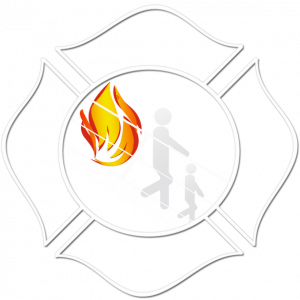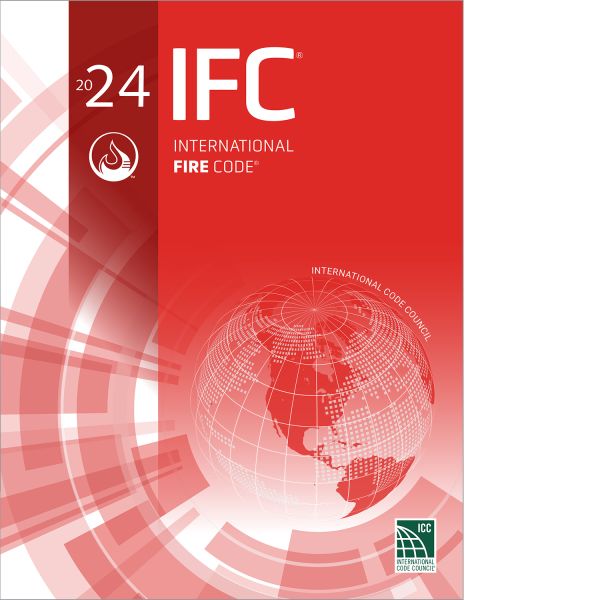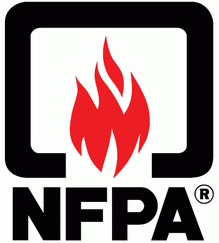The FireEscapeServicesNetwork.com is a family owned group of companies. All staff, including fire escape technicians, inspectors and engineers, are trained and certified by the National Fire Escape Association and or the National Fire Escape Academy. All work performed by specialist fire escape technicians who are licensed EPA Renovators for working on leaded fire escapes.






